By Magda Sokolowski
Since the day we met on a rutabaga farm more than ten years ago, my husband Michael and I have shared a dream of one day homesteading. Over the years, one variation of what this would look like gave way to another as we nurtured and fed our idea of greater self-sufficiency. Sometimes, we imagined a farm with goats from whose milk we would make cheese. The idea of a large organic garden and a seasonal vegetable market was always a favorite standby in our musings, and then sometimes, I found myself in one particular reverie that came back again and again: I had visions of myself sitting at a desk, breaking from the task of writing to look out the window of our hand-built cabin onto a large meadow with a sisterhood of peaks in the distance demanding attention. And to the left (or right) of the cabin, in a patch of piñons (or maybe they would be Douglas firs or Ponderosa), I could see Michael bear the axe down on a round of wood that would soon become our heat.
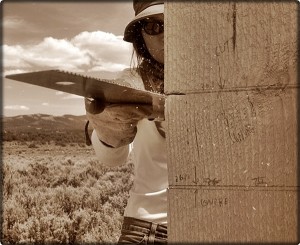
And that was often my vision of homesteading, nothing more – a simple cabin in the woods with plenty of quiet and plenty of unoccupied space surrounding it, and no shortage of time to write, read, reflect, slow-cook food, walk and run. Naturally, there’d also be a small garden, a compost heap, a woodstove, a lazy cat, and a wall of books. “Neo-Walden,” a friend said to me a year or two ago when I’d shared with her our seriousness about one day soon embracing such an existence – a small cabin among the pines. “Neo-Walden? Sure,” I half-heartedly agreed, part of me embracing the principles of Thoreau’s experiment, while a part of me shuddered at the watered-down cliché that it’s become.
But I couldn’t outrightly deny that the momentary images or dreamscapes that preoccupied both Michael and me over the past dozen or so years didn’t resemble aspects of Walden. At its most base level, who couldn’t appreciate a year or two to themselves (among nature’s serenest landscapes) to ponder ideas, to question the self, to assess one’s relationship to the world? Is this so grand an experiment? I mean, aren’t most of us partaking in such an experiment at this very moment, whether we’re snuggled inside a cozy cabin in the woods or somewhere less pastoral, say in a town or city?
Yet, the images that Michael and I had of our eventual ‘homestead’, no matter what they were, were marked by particular and essential characteristics. “What does it mean to homestead?” we routinely asked ourselves. We had our romantic notions, of course, fed by the lived experiences and writings of an assortment of folks who’d chosen solitude, off-the-land living, remoteness, or some other version of intentional self-fulfillment long before us, some of whom had built their own environmentally conscientious dwellings, grown their own food, raised animals, mastered a trade, and ultimately lived practically, resourcefully, and minimalistically. And that, in all of these ponderings, visions, dreamscapes, was what we were essentially looking for most of all: a kind of reductionism, but a self-fulfilling one. Not extremism or deprivation, just balance. So during one of our million conversations on the topic, when one of us would ask, “What does homesteading look like?” the other of us unfailingly answered, “Well, making do with less. And appreciating more.”
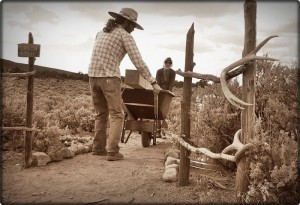
Making do with less had steadily become Michael’s and my mantra in our decade together. At those moments when we’ve had too much – too many clothes, one piece of furniture too many, too many books, etc., we’ve tended to feel burdened, stressed and disconnected. Those moments in our life of ‘too-muchness’ as we’ve come to call them ultimately formed part of our realization that we wanted to pursue a path of hand-building a little hut on a parcel of land that we would cultivate, respect and learn from. Not that that was the only choice, but it seemed like a good choice for us given our desire to test ourselves in the off-grid life and our interest in green building, and our increasing desire for more solitude.
Our ‘neo-Thoreau’ experiment began in May 2010 when we packed up the Subaru station wagon with all of our belongings: some clothes, a few boxes of books, cooking essentials and a small collection of tools and made our way towards five off-the-grid acres of land deemed ‘not that valuable’ at the exact spot where the Sangre de Cristo Mountains explode out of the San Luis Valley in southern Colorado.
What do you do when one day you pull up to five undeveloped acres in the middle of nowhere with nothing more than a carload of belongings and the desire to pursue some version of the homesteading life? First, you unpack the guitar and sing! (Yes, Michael actually did this as a joke.) Next, you look around at country so massive, so unpeopled and so seemingly content with itself that you feel a pang of fear at what you’ve chosen to do. Then, you notice that before you actually feel the gust of spring-filled wind coming from the south – a sensation you’ve felt a hundred times before, you first see it, how it bends the pinions and junipers in the far-off field one way and then the other as it sweeps across the sage-filled flat to where you stand. And that’s exactly what you do: you stand there, still, aware of the gust coming your way, and that for a moment is enough.
Ever since someone told her that the bark of a Ponderosa smells like vanilla, Magda Sokolowski has never been the same.

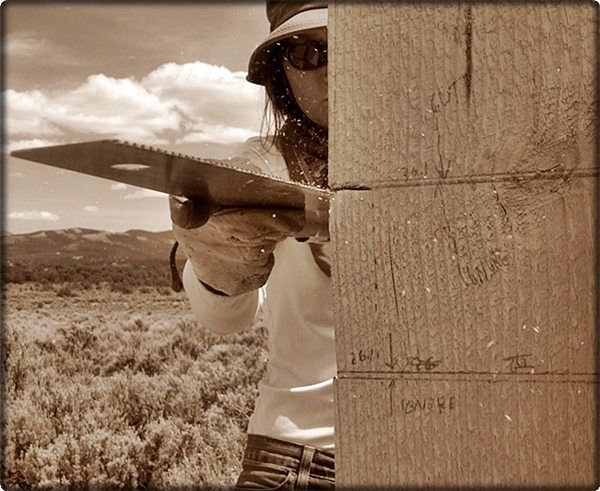
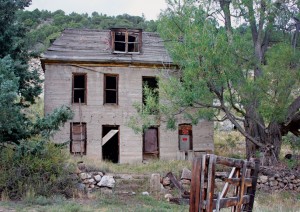
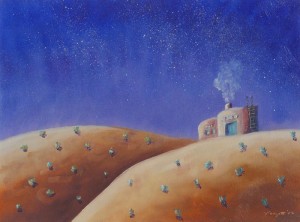
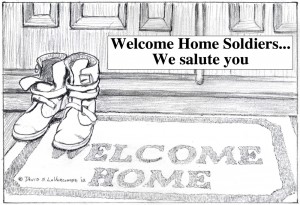
So beautiful. Thank you for sharing this inspiring manifestation of a dream.